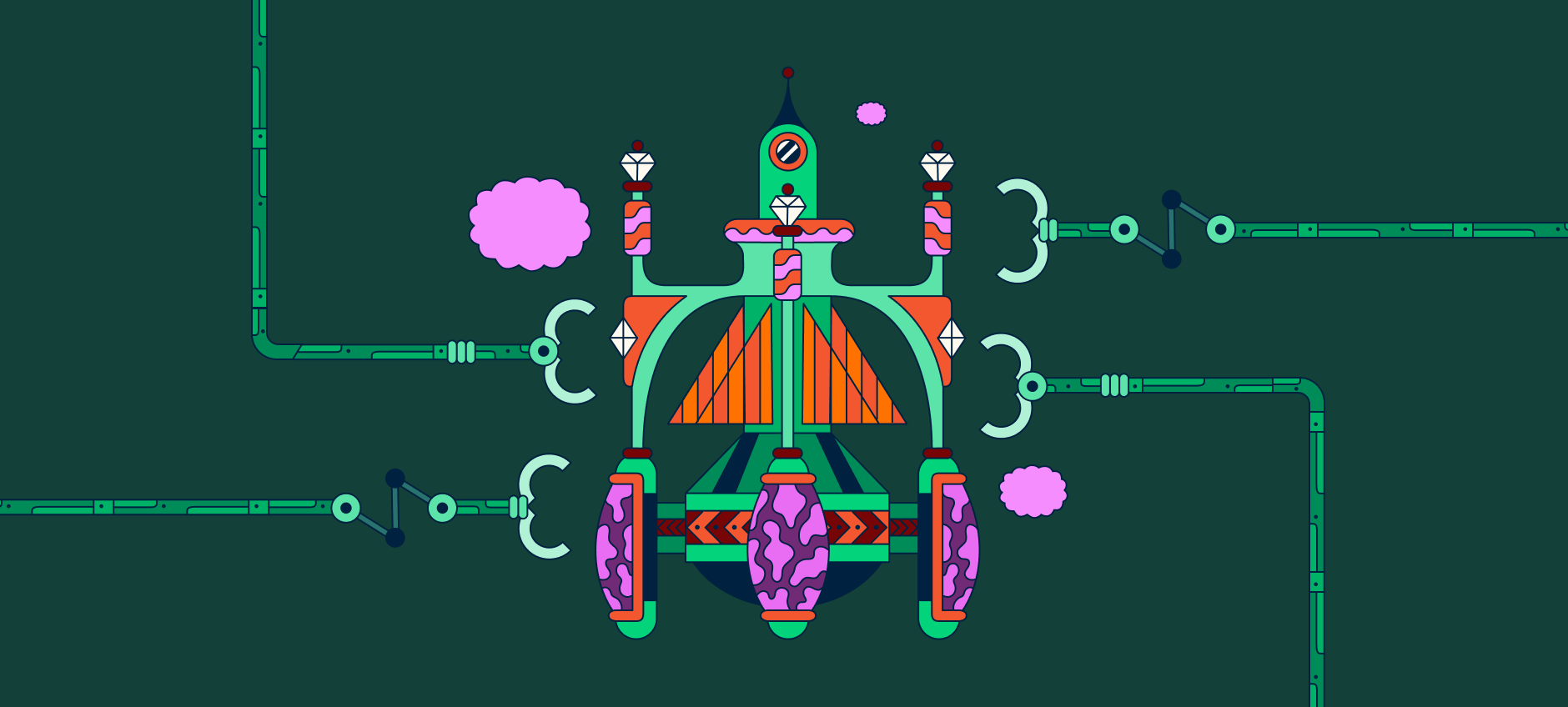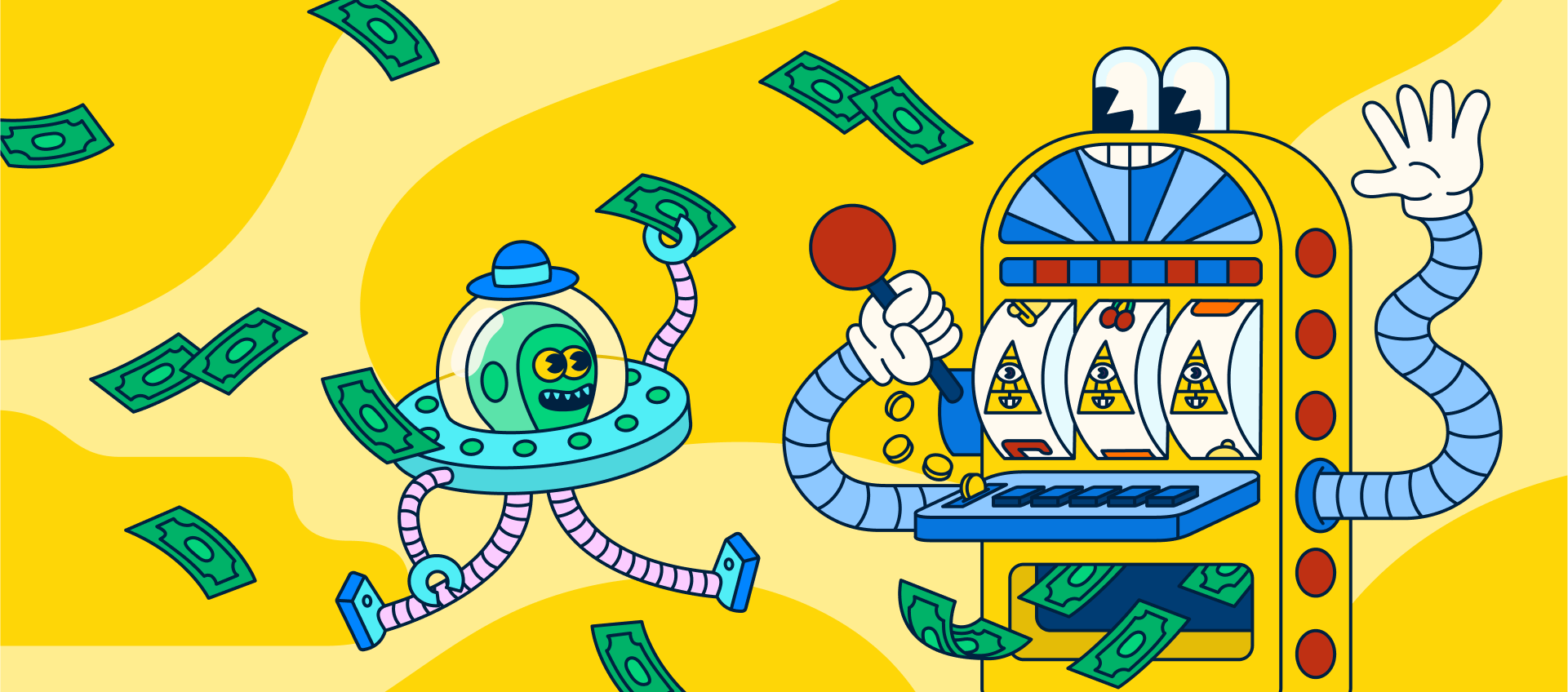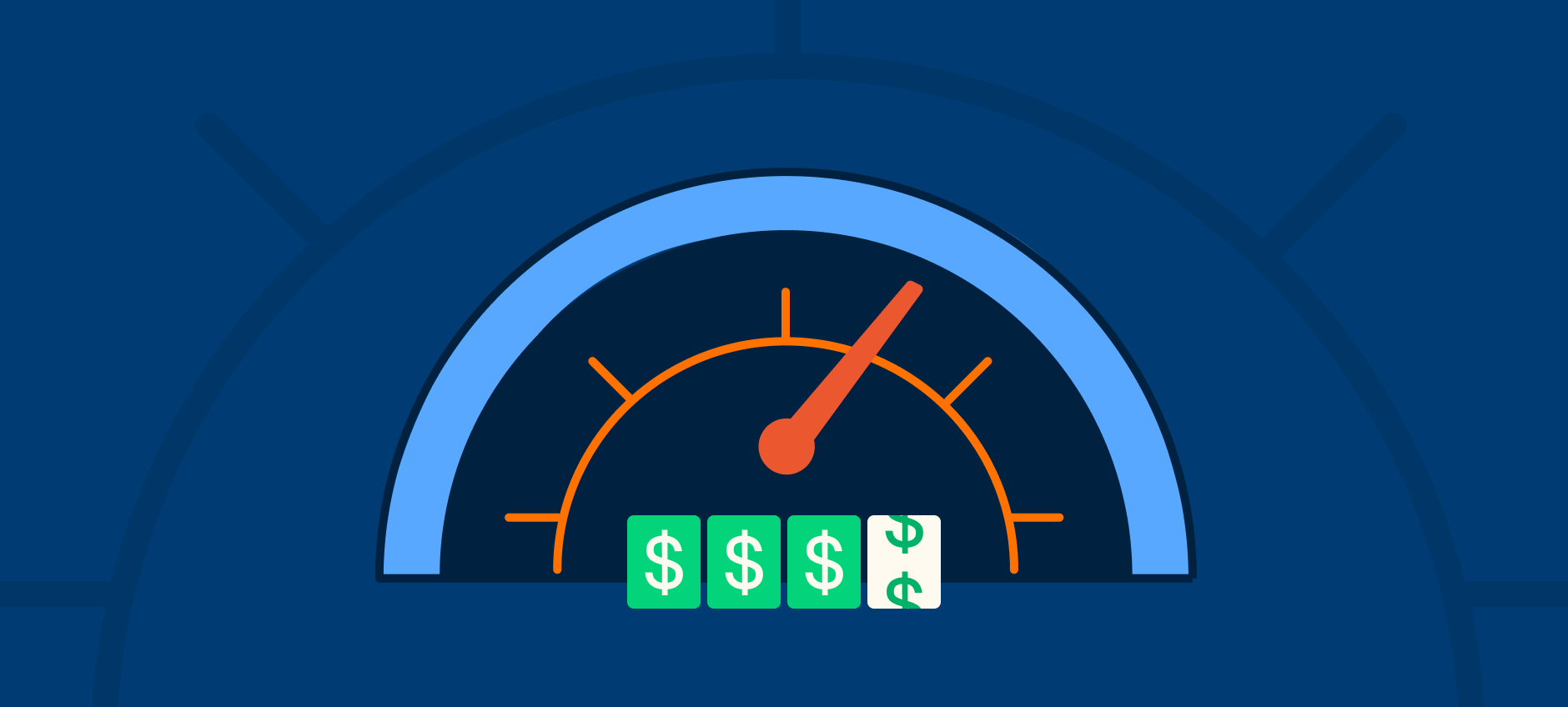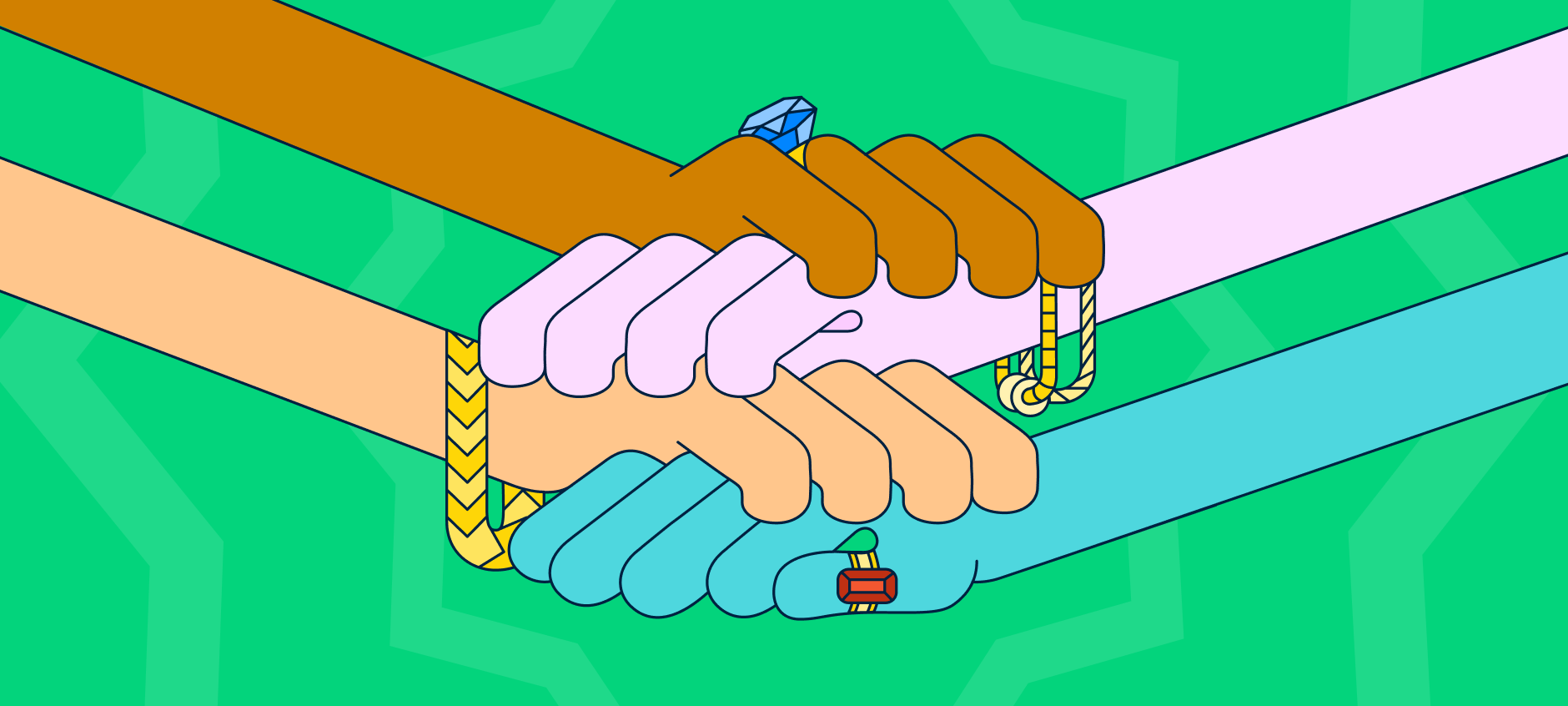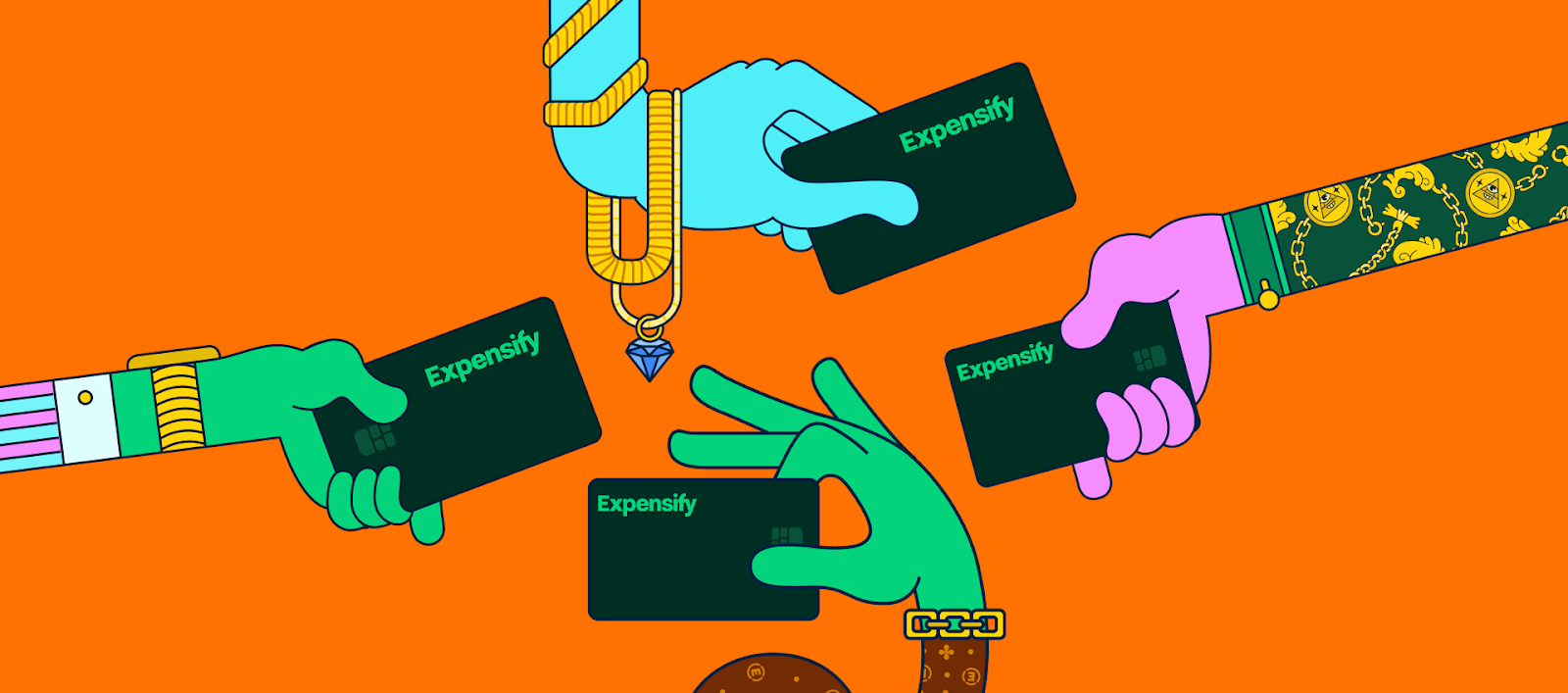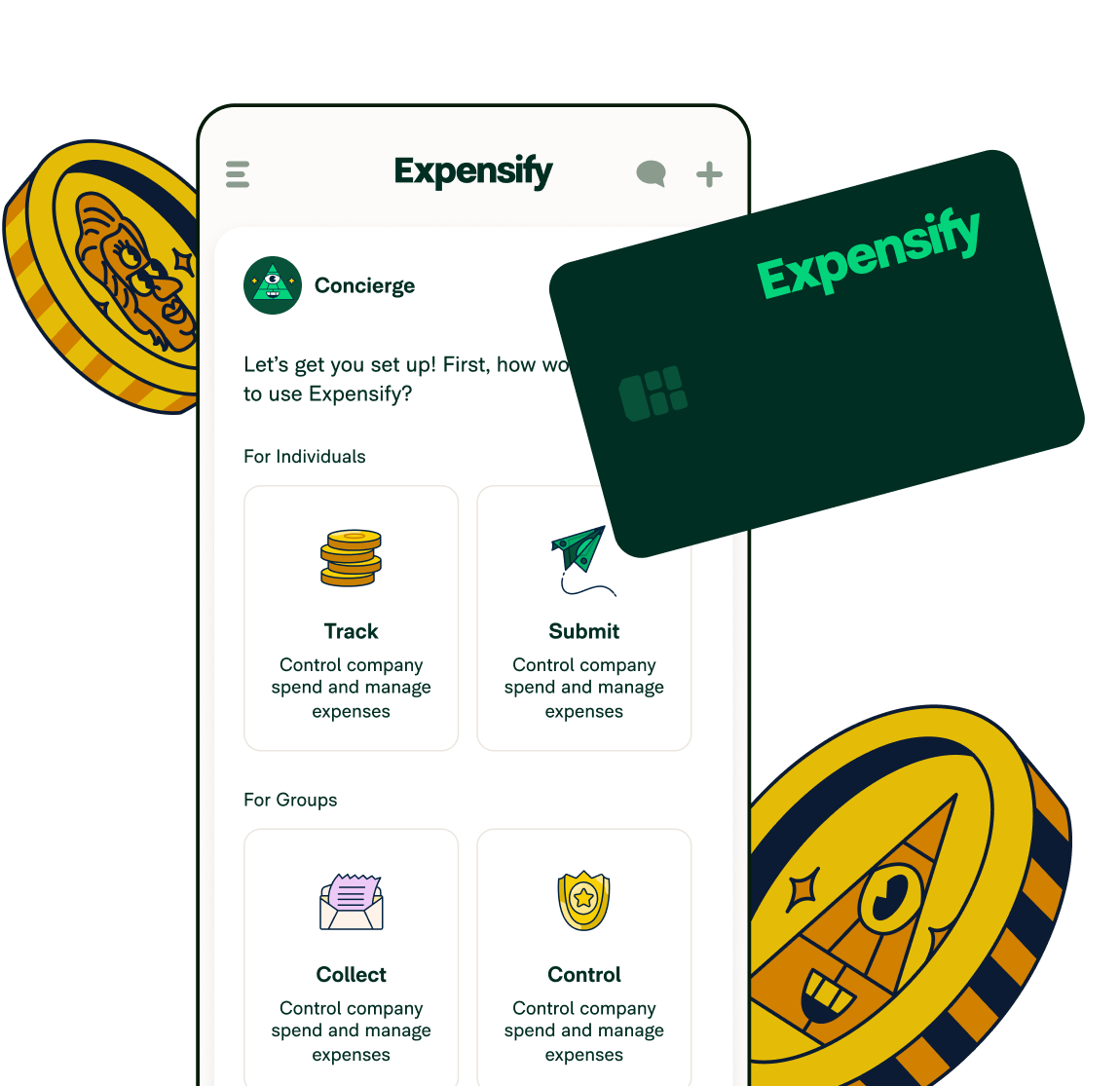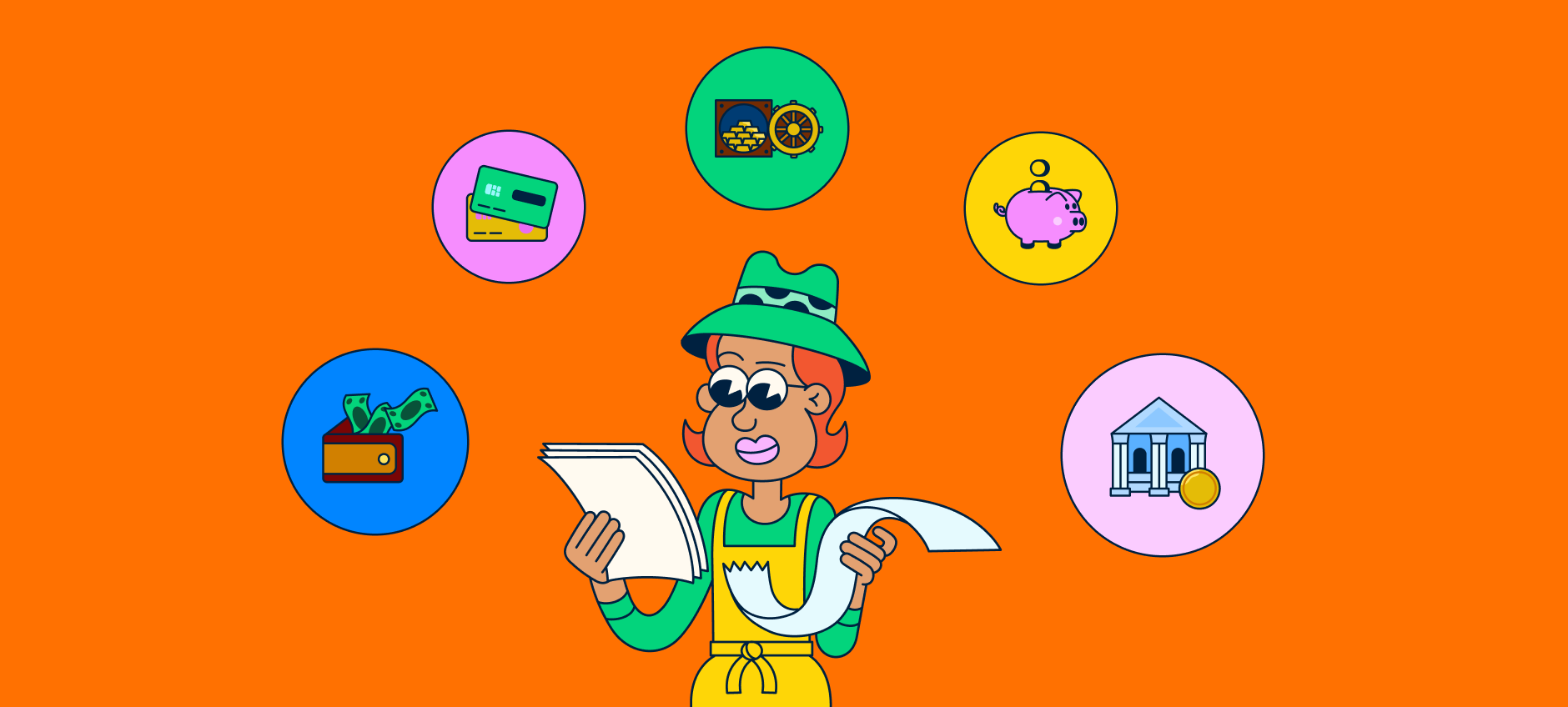
Alternative financing options for your small business
When managing a small business, ensuring a healthy cash flow is crucial for day-to-day operations and long-term growth. Alternative financing can be a valuable lifeline, offering options beyond traditional bank loans or credit lines that can significantly improve cash flow. This post explores various alternative financing solutions that can help you maintain financial flexibility and support your business's growth, allowing you to navigate through economic challenges more effectively.

